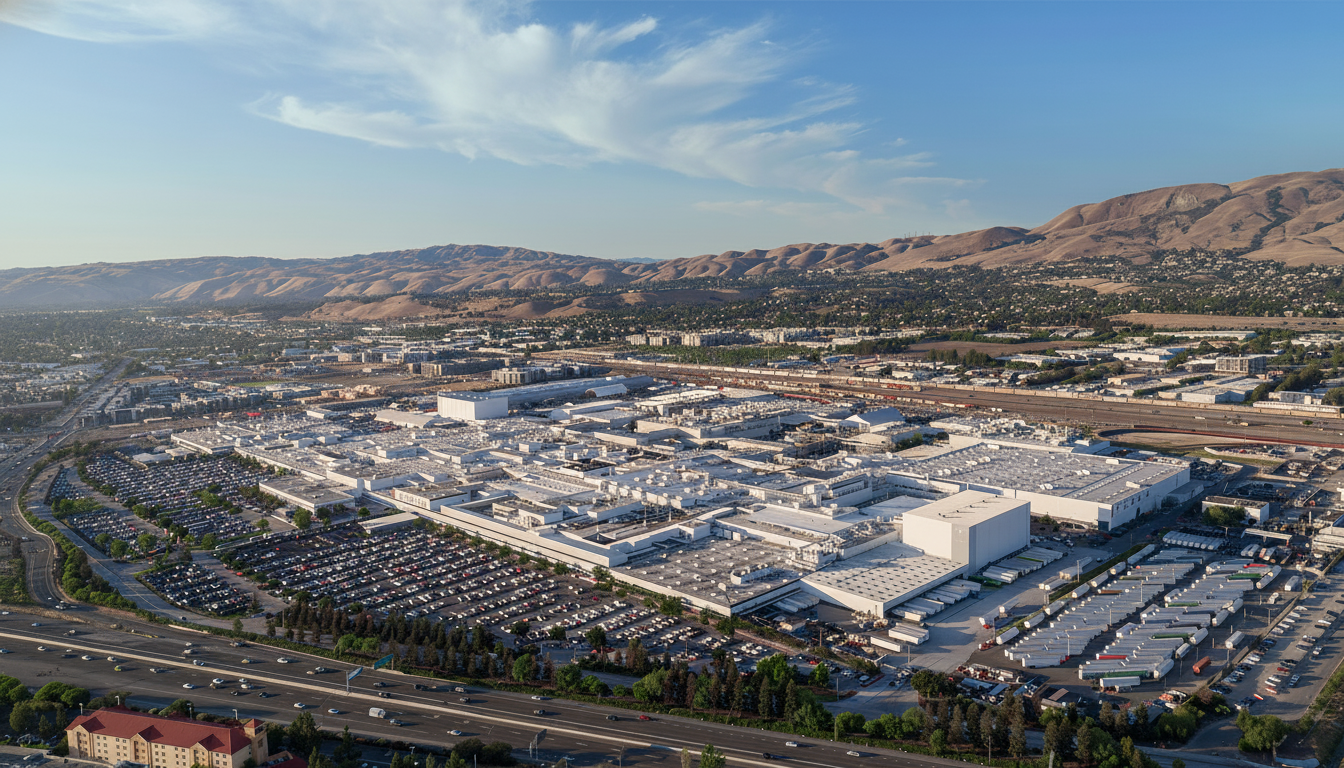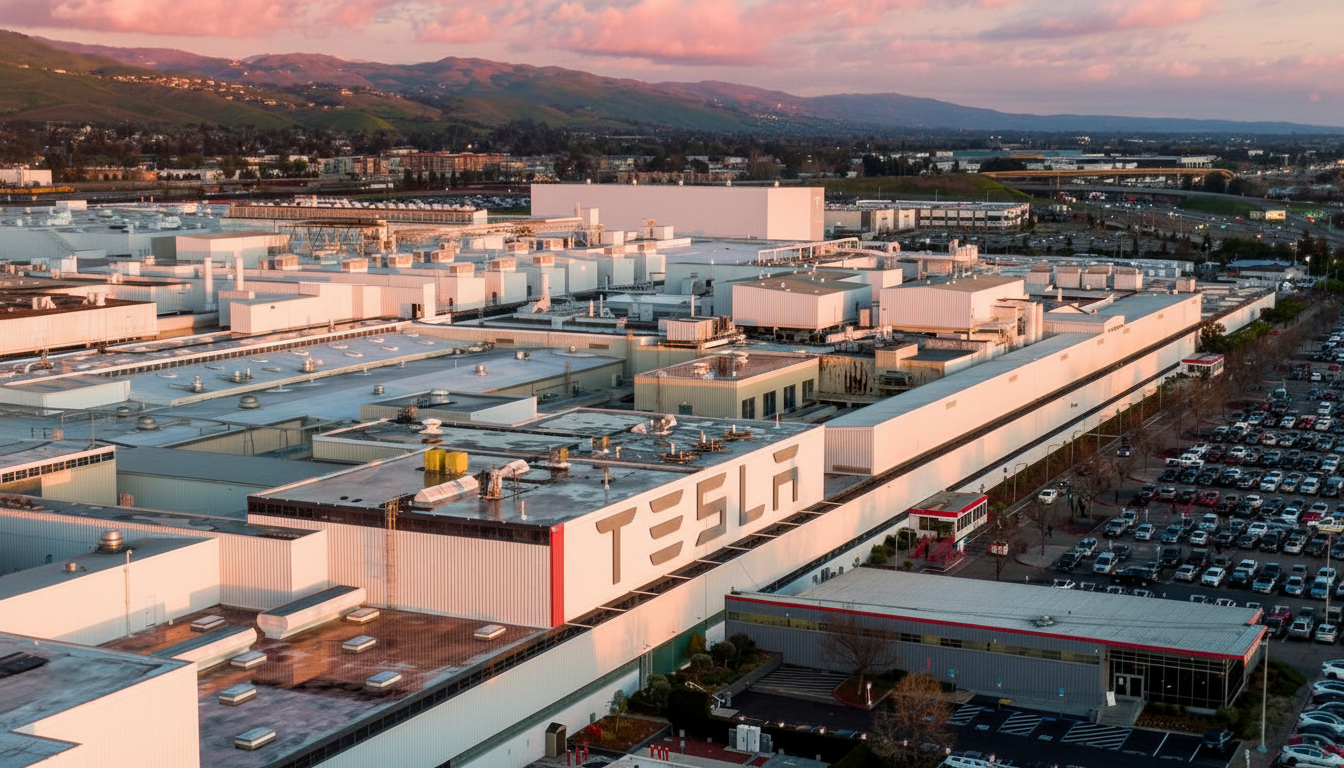Elon Musk’s move to shift his corporate home to Texas was supposed to be a sure thing. But in fact his empire has only deepened its holdings in California. From new leases for Neuralink and an expanded office hunt for xAI — alongside steady hiring at Tesla and SpaceX — the region is still central to Musk’s plans, reflecting how difficult it can be to eschew the state’s unparalleled tech ecosystem.
Bay Area Offices Grow as Texas Builds Out
Neuralink recently signed a lease to occupy the top five floors of a roughly 144,000-square-foot building in South San Francisco, a city known for its biotech and cutting-edge lab space, according to local business filings cited by the San Francisco Business Times. xAI, Musk’s rapidly expanding artificial intelligence startup, is said to be looking at about 250,000 square feet after previously squeezing into one of the offices that OpenAI left behind in San Francisco.

These moves come amid strong hiring across Musk’s collection in California. As of August, Tesla’s careers page listed 1,300-plus openings in the state compared with fewer than 500 for Texas. SpaceX, which has been growing its high-profile Starbase location in South Texas, still lists more openings at the company’s long-standing Hawthorne hub — a place where engineering, manufacturing and supply logistics are already at scale. Texas postings run the gamut from propulsion engineers to hospitality, a signal of a site that is still constructing its core infrastructure.
Why California Still Matters to Musk’s Tech Ambitions
The draw isn’t puzzling: talent density and specialized facilities. The state’s universities and research institutes supply a steady pipeline of AI scientists, robotics experts and life-sciences specialists. California tends to rank No. 1 among states in tech employment, having over 1.8 million workers involved in software, hardware and growing fields such as AI and neurotech, according to the Cyberstates analysis by CompTIA. Evidence like more deals and bigger rounds: According to PitchBook and NVCA data, the state is home to roughly half of all US venture investment for several years running, which is a sign not just of capital depth but entrepreneurial churn.
For Neuralink, proximity to South San Francisco’s lab ecosystem minimizes iteration cycles, which can be difficult to replicate elsewhere. The Bay Area’s concentration of large-language-model veterans, infrastructure engineers and consumer product teams speeds up hiring cycles for xAI at a time when AI compensation is rocketing skyward and hiring competition for senior talent is fierce.
The Texas Advantage Is Real but Not a Substitute
Texas still has strong inducements, including lower taxes, cheaper land and permitting speed that helps greenfield projects and mass manufacturing. Texas supports the metals timeline highlighted by analyst Sandy Munro and the buildout of Gigafactory Texas as a vehicle for Model Y production volume and a next-generation platform. SpaceX’s Starbase, similarly, offers broad test range and operational freedom that can be hard to find near crowded cities.

But headquarters addresses don’t relocate supply chains overnight. Tesla’s Fremont factory is among the most productive auto plants in the world, with a supplier ecosystem and experienced workforce that took years to assemble. SpaceX’s Hawthorne operation is similarly embedded: design, manufacturing and rapid rework flourish where machine shops, composites expertise and vendor relationships are minutes away. Transferring those capabilities in total would be costly, risky and glacial.
Recruiting Data Points to a Hybrid Reality
Job postings tell the story. It’s vehicle engineering, autonomy and energy products — roles that leverage Bay Area software talent and knowledge about manufacturing in Fremont, as documented on the listings. Hiring for factory expansion and operations in Texas reflects growth mode, but also a longer ramp for specialized teams. SpaceX takes a similar tack: Hawthorne is home base for deep engineering roles, while Texas scales build, test, and launch.
The AI side is much more California-leaning still. xAI has posted hundreds of Bay Area positions in research, infrastructure and product. The company’s quest for a bigger San Francisco footprint hints at long-term commitment to the Bay Area’s AI cluster, not a stopgap pivot.
Politics and Pandemic Friction Pave the Way
Musk’s falling out with California deepened during the pandemic after public health orders temporarily closed Tesla’s Fremont factory and he cited taxes and regulatory requirements in deciding to relocate Tesla’s headquarters to Texas. He has also clashed publicly with state leaders and chided policies that he sees as unfriendly to business. Those disagreements have not erased the practical calculus: California is where core capabilities, customers, and collaborators are already.
The Bottom Line: Musk’s Strategy Spans California and Texas
Musk’s firms are constructing two-state operations from necessity, not sentiment. Texas gives him room and velocity for large-scale manufacturing and testing. California provides the dense networks of talent, labs and suppliers that propel frontier technologies forward. New Bay Area leases, bigger office hunts and ongoing hiring signal a reality that doesn’t align with a clean break: Musk’s ambitions for the foreseeable future are intertwined in both states — no matter where the headquarters’ paperwork lands.

